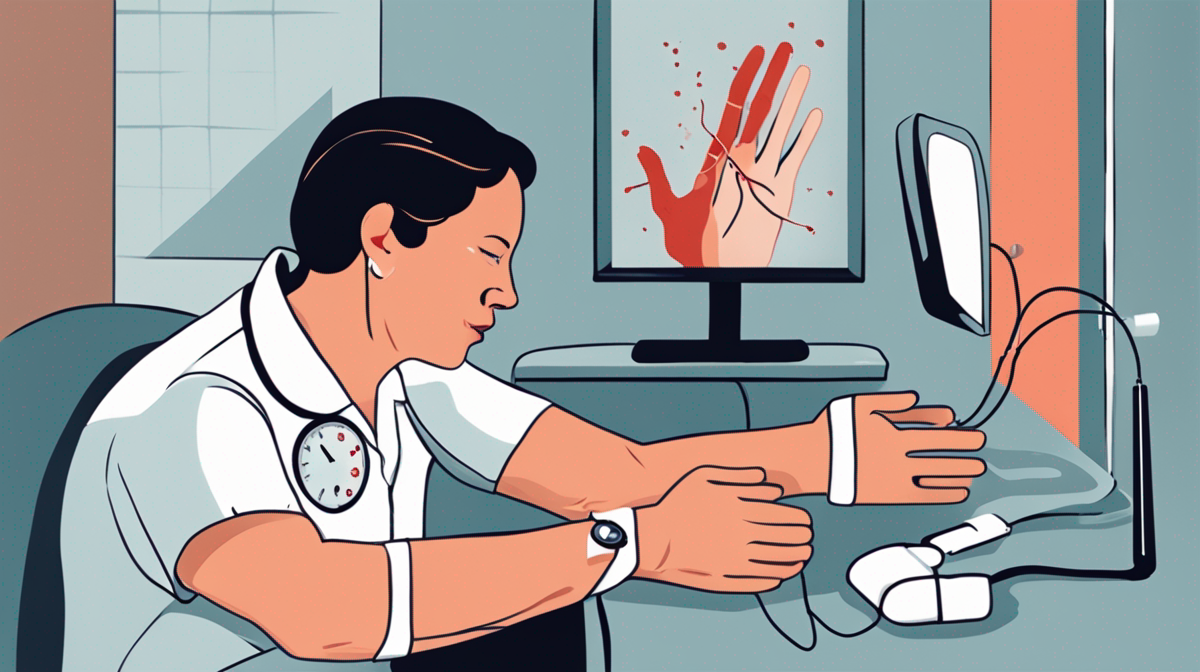Blood
Mastering the Art of Wrist Blood Pressure Monitoring
Monitoring your blood pressure at home can be a lifesaver, especially when there’s a need for regular monitoring. Traditional upper-arm blood pressure monitors may be the gold standard, but wrist blood pressure monitors offer a more comfortable and convenient option. This article aims to provide valuable insights and practical advice on how to take a wrist blood pressure reading accurately.
Understanding Blood Pressure Numbers
Before diving right into the technique, it’s crucial to comprehend what the blood pressure numbers represent. There are two figures in a blood pressure reading: systolic and diastolic pressure. Systolic pressure is the top or higher number, indicating the force your heart exerts while beating.
Diastolic pressure is the bottom or lower number, which measures the pressure in your arteries while your heart is resting between beats. Together, these numbers can indicate the state of your blood pressure and subsequent health measures to take.
Step-by-Step Guide to Using a Wrist Blood Pressure Monitor
Taking a wrist blood pressure reading involves several steps:
Position your wrist properly
Ensure your wrist is at heart level. Any deviation from this level can result in inaccurate readings. Using a cushion or pillow can help maintain the best position.
Secure the monitor correctly
Place the monitor on your wrist. It should be a snug fit but not too tight. The display should be facing you.
Relax and start the monitor
Relax for 5 minutes before taking the reading. Once relaxed, press the start button on your monitor. Stay calm and quiet as the cuff inflates and measures your blood pressure.
Factors Affecting Blood Pressure Readings
Many factors can affect the accuracy of blood pressure readings. These include positioning, monitor quality, and even caffeine or tobacco use. For the most accurate readings, try to reduce or control these variables as much as possible.
Discrepancies and Controversies
There has been some debate about the accuracy of wrist blood pressure monitors compared to traditional upper arm monitors. While it’s true that upper arm readings are typically more accurate due to the proximity to the heart, recent studies have shown that with correct use, the wrist variants can be equally reliable. As such, it’s all a matter of personal preference and comfort.
When to Consult Healthcare Professionals
If you consistently get unusually high or low readings, it’s best to consult a healthcare professional. They can help you understand your readings better, ascertain if there’s cause for concern, and guide you on the necessary steps to take.
Remember, taking charge of your health is empowering, and monitoring blood pressure at home with a wrist monitor can play a significant part in that. Arm yourself with these insights and start your journey towards healthier living!

